If it resembles oats but isn’t, and it’s growing during the wrong time of the year, the cool season, you’ve probably got some species of Bromus and one reason why it is also called Rescuegrass. As a cool weather forage it has prevented much livestock from starving in the lean months after winter.
There are between 100 and 400 species in the Bromus genus, with the majority of opinions ranging from 140 to 170. There are 52 species in the United States, 28 native 24 imported. While there are no reports of toxicity in humans only a half dozen or so have been know to be used for food. The problems are two: the seed is small, and the plant does not give them up easily. Locally there are five Bromus and one known edible for certain by humans; Bromus japonicas, Japanese Bromus or Japanese Chess. At least three are well-known edibles: Bromus breviaristatus, Narrow-Leaf Bromus, Bromus carinatus, California Bromus, and Bromus mango, oddly called Mango.
In all the species mentioned the edible part is the seed, or grain. It can be ground then mixed with water for a gruel or can be cooked whole. Some native tribes made unleavened bread from the ground grain. The seed is small and the plant can be tough about giving the seed up via pounding and winnowing.
Locally Bromus is found in fields, along fence rows, roadsides, or where the ground has been disturbed. It grows about two feet high with soft hair on the leaves which are also slightly rough. Seed heads are broadly pyramidal, often drooping, 5 to 13 florets to a spike, often tinged purple. Reproduces in the spring and summer.
♣ If society fell apart and you had milk-producing livestock how would you make cheese without a rennet? Rennet separates the proteins in the milk from the liquids. It was discovered no doubt from its source, bovine stomachs. They were used by ancient man to carry milk and the milk turned to cheese. Most rennet but not all has an animal gastronomic source. There are, however, plant sources of rennet among them the fig tree. I have at least two in my yard.
Last week’s newsletter mentioned that figs have latex. We’ll expand on that and mention that latex has been used for thousands of years to curdle milk. It is also how Opuntia cactus got their name. More on that in a moment. Fig sap is far stronger as a rennet than animal-based rennet. Just a few drops can be used for a gallon of milk. In fact, often just a small branch is cut and used to stir the milk which is then allowed to set.
If fig latex works so well as a rennet then why isn’t it more common? One reason is allergies. Some people have a severe reaction to even plant-based latex. Another is if too much is used it can impart a bitter flavor. So one has to use it sparingly and use it to get used to it.
And what about the cactus? The word Opuntia, is from a Greek word, Opos. Opos is an area near Lokria on the island of Euboea, which is northeast of Athens. In the Opos area, according to Pliny and Theophrastus, there grew a spiny plant. Figs also grew there. The adjective form of opos is opuntios, meaning “of Opos.” It came to mean fig-shaped. The cactus, which has fig-shaped fruit, got named Opuntia in Dead Latin which is linguistically irritating. The original word is Greek and is spelled with a T. The T is pronounced as a T, not an S. Yet when you say “oh-PUN-tia” there is always someone around who will try and correct you with “oh-PUN-see-ah.” Anyway, that is how Greek figs got a Mexican cactus named Opuntia.
♣ Botany Builder #19: Gymnosperms and angiosperms. This distinction in trees is actually fairly easy to sort out. Gymno is Greek for naked because folks used to exercise naked and where they did that was a gymnasium. Thus gymnosperm is a naked seed. Pines have naked seeds. Angio is Greek for “container.” Angiosperms are in a container, like sunflower seeds, and walnuts and the like. Take it one more step: Naked seed trees are usually called softwoods, and container seeds are usually called hardwoods. The terms “hard” and “soft” in reference to the wood has nothing to do with the density of the wood. Balsa wood, which is among the least dense of all woods, is a “hardwood” because its seeds are in a container. The most dense wood, Lignum vitae, is so hard it was used to make ball bearings in ships. Yet it is a “softwood” because of its naked seeds. Gymnosperms include ginko, redwoods, cedars, cypress et cetera. Angiosperms include such trees as oaks and magnolias.
♣ Why forage? There’s around 250,000 edible species including cultivated crops. Only about 150 are farmed on a large-scale basis. About a dozen of those make up 75% of the food the seven billion of us eat. The largest group of them are grass grains. If you add a local staple or two you have food if one or more of those twelve fail. To read more about finding caloric staples click here.
♣ Upcoming Classes:
Saturday, May 12th, Mead Garden, 1500 S. Denning Dr., Winter Park, FL 32789, 9 a.m.
Sunday, May 13th, Jervey Gantt Recreation Complex, 2390 SE 36th Ave., Ocala, FL, 34471. 9 a.m.
Sunday, May 20th, Florida State College, south campus, 11901 Beach Blvd., Jacksonville, 9 a.m.
To donate to the Green Deane Newsletter click here.

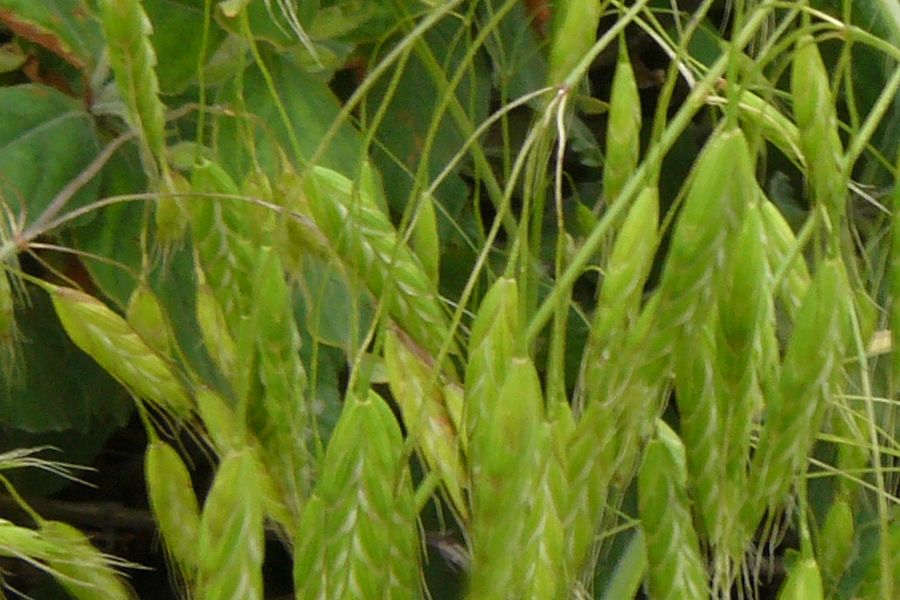
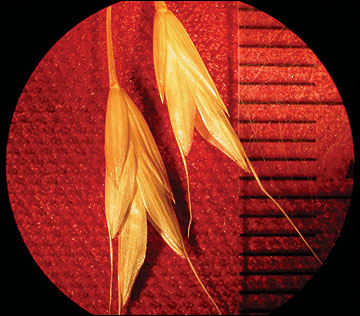
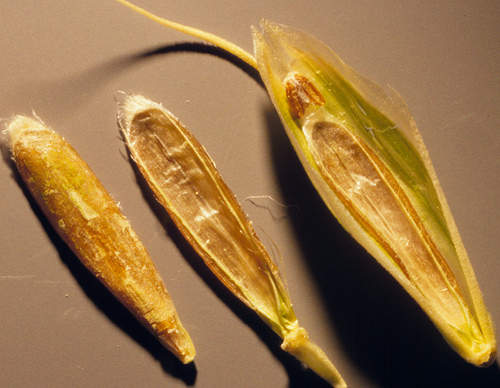
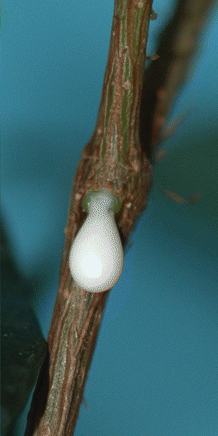
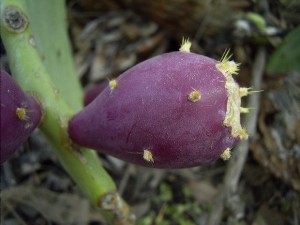

Greetings, Green Deane. With regard to some comments which I have read in your articles to confusions of toxicity controversies both by you as well as your readers, i ponder upon two possibilities toward this resolve; one, being that it has been noted that toxicities of the same plant can vary regionally, and second in thought of variant toxicity may be subject by reasoning, to Ayurvedic sciences of individual physiological temperates. I welcome your thoughts on these two points. P.S. Thank you for your services, in bringing scholarly attention to the details of safety of foraging. While I am not yet learned confidently to the efforts of consuming wild edibles until furthur studied comprehensively on the material you offer, I do take better notice to not take for granted that though I am comfortable from childhood growing up on an island and as a Girl Scout, Cadet, and a country croucher, curious of nature by nature, to take seriously to account, to not touch by impulse, plants and plant material which could be indeed, quite toxic and better appreciated soley by viewing. Your services to the community of foraging are indeed I believe, of significant value.
Happy & safe foraging. 🙂
“Toxicity” is difficult to define. One would think it would be easy but it is not. In large quantities onions are toxic, as are unprocessed acorns. Fiddle heads and Emilias may take 20 years to kill you but they can. Toxicity is a difficult issue.
Clarifying note in conjunction to my previous comment:
….should it be the case that i was not clear; my reference of “controversy”: being that for many the assumingly same plants have been believed to be safe ~ though for others they may have been found to be toxic. Thank you.
Hmmm… Seems like it would have been wonderful to have learned these technicalities in school. Wish I’d known such wonderful natural wonders much earlier in life. Thank goodness it’s not too late to learn. It’s nice to know that you’re out there teaching at some universities, for following generations to behold, too. Anyway, thanks again, Green Deane.
Hey Deane, I have been having problems with dandelions , sow thistle and wild lettuce. I think dandies have one flower per stalk, so whats the lookalike with multiple yellow flowers?
Try American Burnweed…
Another one to learn ehh? never heard of it but Im checking it out.